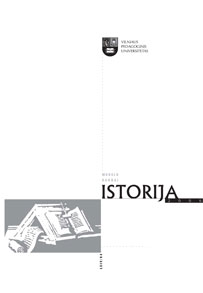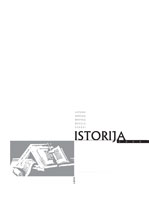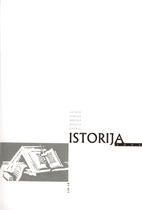The Balts in the Surrounding of the Slavs
Baltai slavų apsuptyje
The Baltic vvorld faced many innovations during the Migration period, and the most significant transformations could be associated vvith the changes in the Baltic geopolitical space and a large-scale Slavic invasion into the eastern Baltic territories. The Slavs came to Europe in the middle of the 6th century. At the end of 6th century they settled in the north-eastern part of Europe, i.e. the upper reaches of the Volga-Oka rivers and began ousting the Balts into the VVest. Before the beginning of this Slavic expansion, the southern coast of the Baltic Sea was settled by the Balts who belonged to the following Dniepr (east) Balts cultures: Bantserov-Tushemlya, Moshchin and Kolochin. The Bantserov-Tushemlya culture covered territories from the upper reaches of the Neris, the Nemunas and the Shchara in the VVest till the Sozh basin in the East, and it is dated by the middle of the first millennium. However, invading Slavic tribes from the South destroyed this culture in the 7th-8th centuries; instead, barrow cemeteries of the Kriviches and the Dregoviches appeared on this territory. The Moshchin culture was spread along the river Oka's upper basin southward from Moscow. In the VVest, it extended as far as the upper reaches of the Dnieper where it bordered on the Bantserov-Tushemlya culture; in the North and East it came into contact with the Finno-Ugrian tribes.
More...


